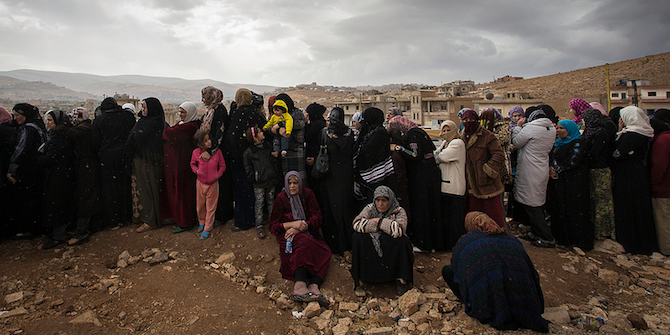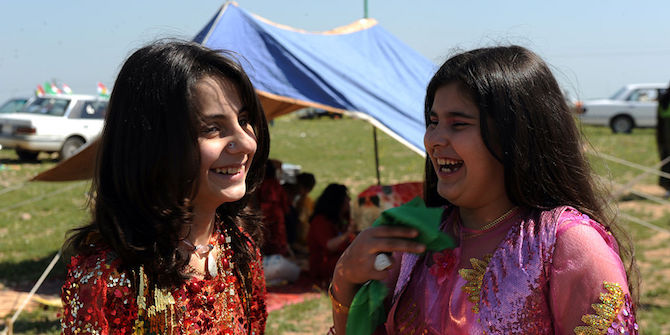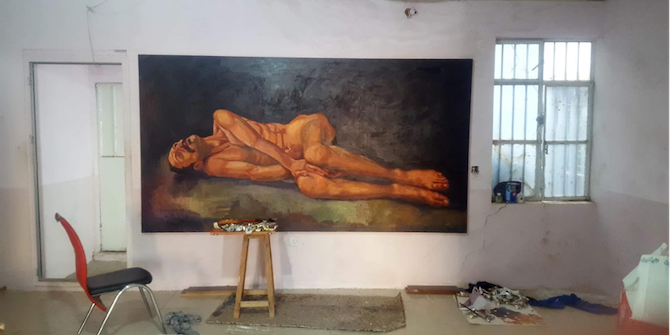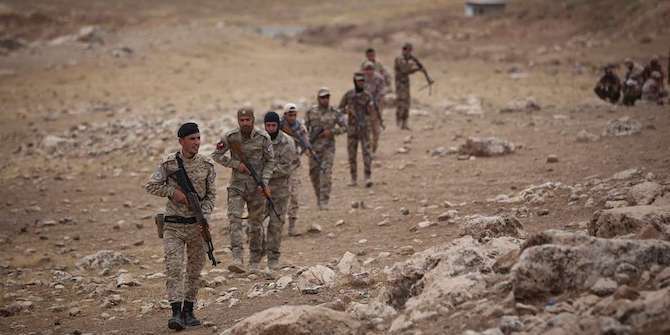by Yasmine Kherfi

While conflicts across the Middle East gain a lot of media traction, their broader implications on the future of health care provision across the region tend to be overlooked. Medical neutrality, fundamental to sustaining global health and humanitarian efforts, is increasingly being undermined in armed conflicts. In countries like Yemen and Syria, alongside the high human toll of war, vital health infrastructure and medical personnel have become systematic targets of violence. At the micro-scale, medical facilities at times turn into contested sites of confrontation between different belligerents, and doctors are sometimes forced to withhold care from patients. For instance, during the 2011 uprisings in Bahrain, security forces occupied the Salmaniya Medical Complex, established checkpoints around the site, prevented ambulances from reaching patients, arrested doctors and reportedly entered wards to beat patients suspected of involvement with the political opposition.
In Syria, a wide spectrum of punitive measures was adopted to deny healthcare access to civilians; from announcements that explicitly criminalise treatment of victims in opposition-controlled areas, to reportedly deliberate and frequent airstrikes that target medical facilities, as well as the arrest and execution of medical personnel. Such bleak conditions prompted many health professionals to flee the country in large numbers. In 2016, Syrian hospitals were subject to an average of three airstrikes each, and the doctor to population ratio was 2 to 10,000. The frequency of airstrikes affecting medical facilities, and the increasing scarcity of human labour and material resources, put significant strains on health care, forcing many to leave their homes in search for refuge elsewhere.
Overall, prolonged conflicts around the Middle East have ignited interest in the functioning of public health systems and the future of health provision, both in conflict zones and neighbouring countries of refuge that have witnessed significant demographic changes due to mass displacement. In looking at geographies of health in particular, ongoing wars reveal patterns of patient mobility that transcend the region’s borders. The prevalence of protracted situations has led to a geographic re-organisation of healthcare provision. To fill the void left by weakened national health systems, such as those in Iraq and Syria, new institutional arrangements develop to respond to people’s changing migratory movements and health-seeking behaviours. For example, Lebanon has tapped into profitable opportunities to fill the gap left by the weakened Iraqi national health system, and facilitates treatment to non-Lebanese nationals who cannot receive adequate care in their respective countries, yet are relatively able to afford or manage treatment abroad.
Situations of mass displacement tell multi-faceted stories of human migration, and reveal the ways in which the displaced not only seek survival strategies, but also build alternative networks of support. This development challenges the conventional health-systems framework in which healthcare is conceptualised as a state endeavour; a responsibility that is solely the preserve of the nation. Rather, forced displacement questions the ways in which war affects regional landscapes of healthcare. Public health systems interact with each other, and new configurations of health provision emerge as a response to the inability (or refusal) of the state to enable or provide adequate healthcare for its citizens, especially in situations of conflict.
Ongoing conflicts across the region shed light on the depth of entrenched social divisions and competing loyalties that together challenge state sovereignty – including the authority of established national institutions supposedly responsible and accountable for the wellbeing of the people. In protracted armed conflicts, such circumstances compel us to rethink the extent to which fragmentations in national governance impact healthcare management – and whether efforts in health care must necessarily be visualised as cohesive and state-led in nature.
Furthermore, in light of changing population demographics in neighbouring refugee-recipient countries, to what extent do states reconsider their responsibilities towards non-nationals, and particularly the forcibly displaced? Will the preservation of population health remain a state responsibility exclusively towards nationals? Or will the scale of protracted displacement challenge and stimulate a more thorough revision of the role and responsibilities of national health care systems towards non-nationals as well?
Although research in this area is growing, the breadth of information available is not substantial. The future implications of protracted conflicts on population health and management require further study. For example, the current state of interactions between refugee communities and health systems is important to discern. Such interactions, and public health in refugee-recipient countries at large, can be better understood through a systems framework that abandons reductionist ideas and linear models of thinking about health systems. The framework helps signal a departure from traditional ‘command and control’ methods of problem solving in public health, stressing ‘complexity’ in the way systems behave. As such, it provides a helpful entry point to understanding how the very architecture of public health institutions is being challenged in response to large scale and trans-border population flows.
The destructive impact of ongoing conflicts requires urgent attention, but there is also a need to direct focus towards the generative and innovative processes through which systems respond, and through which people demonstrate their resilience and adaptation to new health-seeking needs. After all, regional patterns of conflict-born migration tell stories that go beyond issues of displacement, persecution and destruction. Accounting for the scale and frequency of forced displacement due to prolonged conflicts, we must also consider ways to depart from frameworks that exceptionalise dense migratory movement, to ones in which migration is normalised and integrated within health systems research and design.
Yasmine Kherfi is Projects Assistant at the LSE Middle East Centre. Her current research focuses on the adaptation of systems of health governance to protracted displacement across the Middle East. She tweets at @yasmine_kherfi
is Projects Assistant at the LSE Middle East Centre. Her current research focuses on the adaptation of systems of health governance to protracted displacement across the Middle East. She tweets at @yasmine_kherfi






